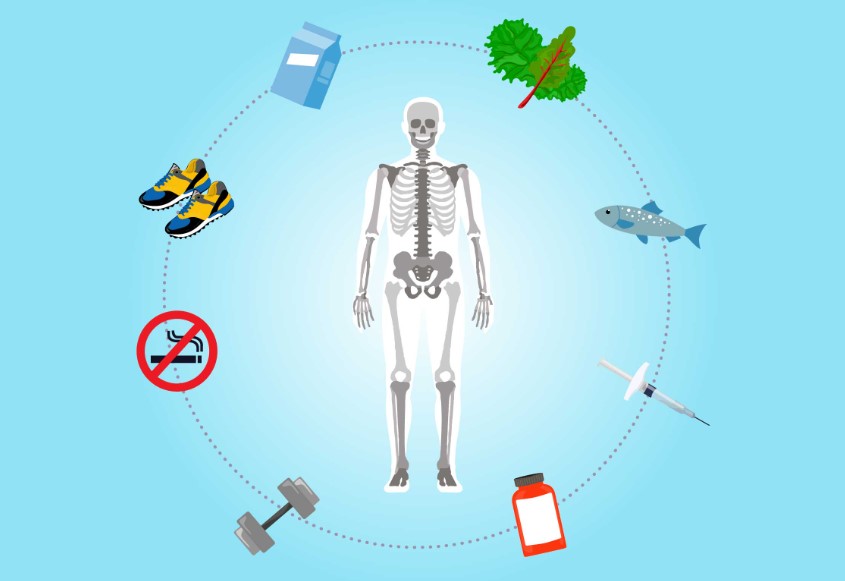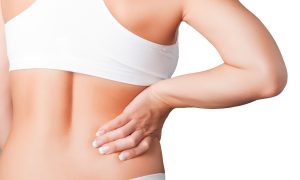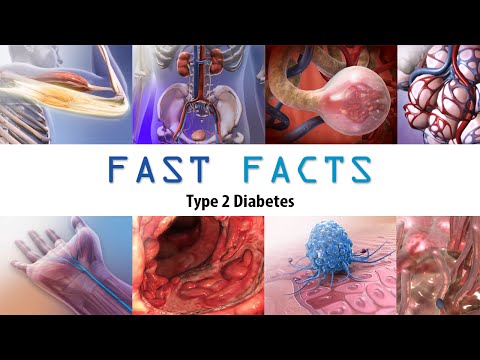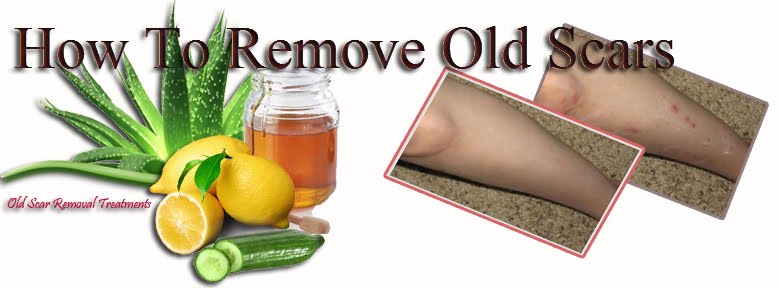The bones in your body are living cells that are regenerated to provide structure and support to the human body. Osteoporosis is a disease that occurs when the body makes too little new bone cells, the body loses too much bone or a combination of both of these. When bones begin losing mass, they become weak. This weakness can increase the risk of fractures.
Approximately 54 million Americans suffer from osteoporosis. According to the National Osteoporosis Foundation, fifty percent of women and twenty-five percent of men aged 50 or older will suffer a fracture due to osteoporosis. These fractures typically occur in the hips, wrist or spine; however, fractures can occur anywhere in the body. Additionally, osteoporosis can affect your vertebrae and lead to a hunched posture and can limit mobility.
Many things can increase your risk of developing osteoporosis, including medical conditions, medications and genetics. Although there is nothing you can do about your genes, there are several ways you can reduce the risk of developing osteoporosis. Let’s take a look at how you may be able to prevent osteoporosis by making healthy lifestyle changes.
Decrease Stress
Stress is hard on the body. When you are stressed, your adrenal glands pump out cortisol and other hormones to help the body deal with stress. Unfortunately, high levels of cortisol for long periods of time can lead to bone loss. When cortisol levels are high, the body may suffer from insulin resistance, which allows glucose levels to increase. High blood sugar can cause calcium to be secreted from the body in urine. Learning stress reduction techniques, such as meditation, massage, yoga and deep breathing can help lower stress levels, which in turn, can decrease the risk of developing osteoporosis.
Enjoy the Sunshine
Vitamin D is one of the vitamins and minerals needed to properly absorb calcium and store it in the bones. Those who work in an office building or life in the northern latitudes may not be receiving enough vitamin D. More and more people are also using sunscreen to help protect against skin cancer and the premature aging of the skin. Because vitamin D is produced when the skin is exposed to sunlight, many people are becoming vitamin D deficient. Spending at least 15 minutes outdoors without sunscreen each day can provide the body with the vitamin D it needs to properly absorb and use calcium.
Increase Calcium Consumption
When it comes to calcium, all calcium is not created equally. There are many different types of calcium. The three most common types of calcium used in joint support supplements are – calcium citrate, calcium carbonate and calcium phosphate. Calcium citrate is easier to absorb; however, it typically is the most expensive form of calcium. Calcium carbonate (the type of calcium used in Tums and Rolaids) is the cheapest form of calcium; however, it can be harder for the body to absorb. Finally, calcium phosphate is the mid-priced form of calcium. Calcium phosphate is easy to absorb; however, it is not as easy to absorb as calcium citrate.
Reduce Caffeine Consumption
Caffeine can be very detrimental to your bone health. Many people do not realize that each cup of coffee can cause you to lose 150 milligrams of calcium through urination. Instead of reaching for that next soda, tea or cup of coffee, opt for herbal teas that do not contain caffeine. If you must have a cup of joe to get you going in the morning, increase your intake of calcium by 150 milligrams for each cup of caffeinated beverage you consume.
Regular Exercise
According to the National Osteoporosis Foundation, there are two types of exercises that can help improve your bone density – weight-bearing and strengthen training exercises. Weight-bearing exercises are ones where you stay upright. Examples of weight-bearing exercises include dancing, walking, aerobics and stair climbing. Strength training exercises use resistance. Examples of strength training exercises include weight lifting and exercising using elastic exercise bands. The weight used for these exercises do not need to be heavy. A simple hand weight or ankle weight can provide you with the resistance you need to encourage bone health.
Osteoporosis is at epidemic levels across America. You can prevent osteoporosis by making healthy lifestyle changes that include regular exercise, decreasing the consumption of caffeine and stress reduction. Additionally, enjoy some time outdoors, eat calcium rich foods and take a joint support supplement to help keep your bones healthy and strong.









